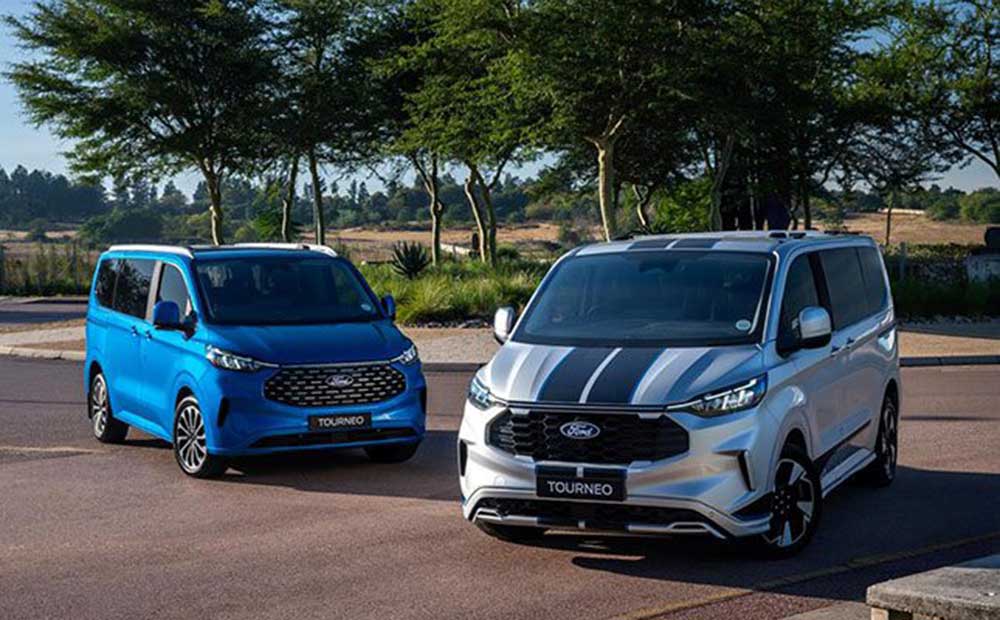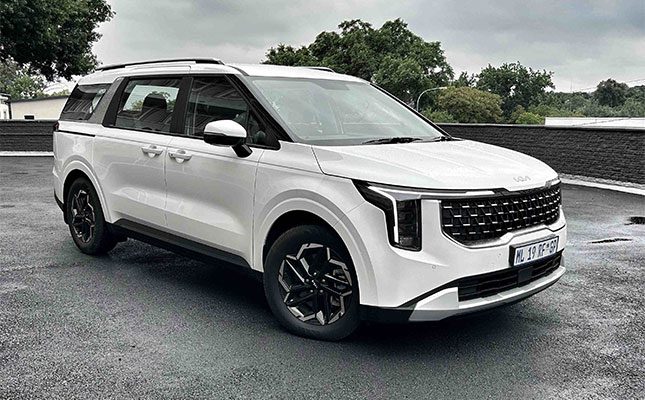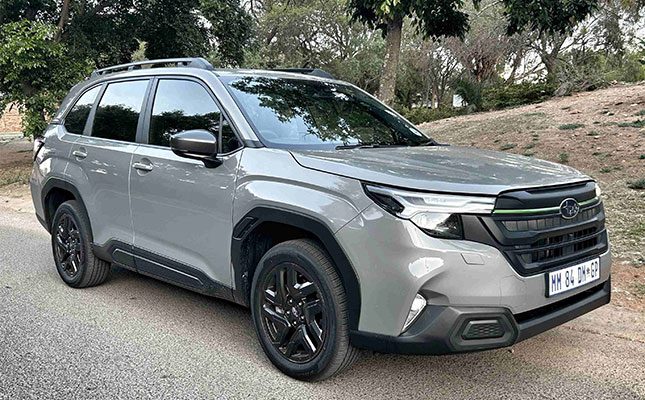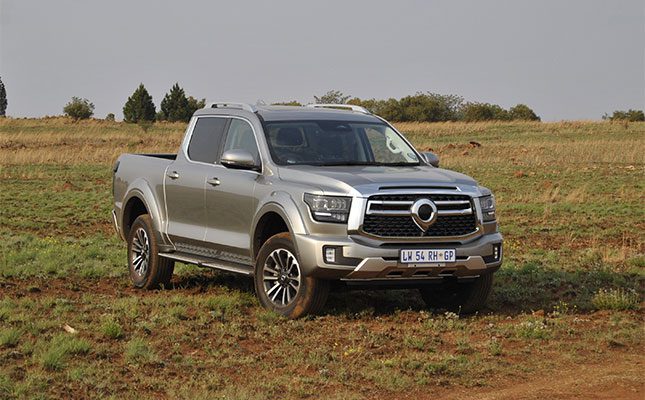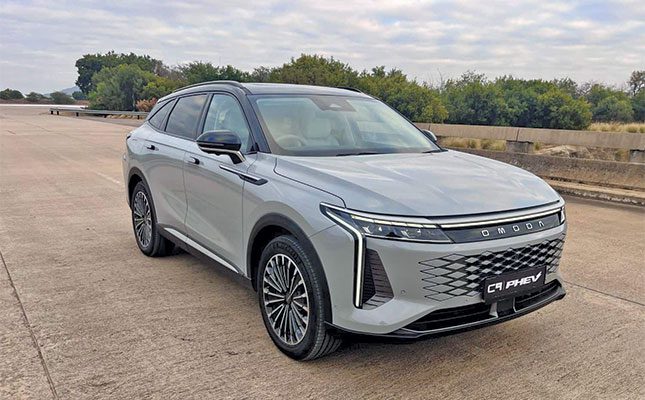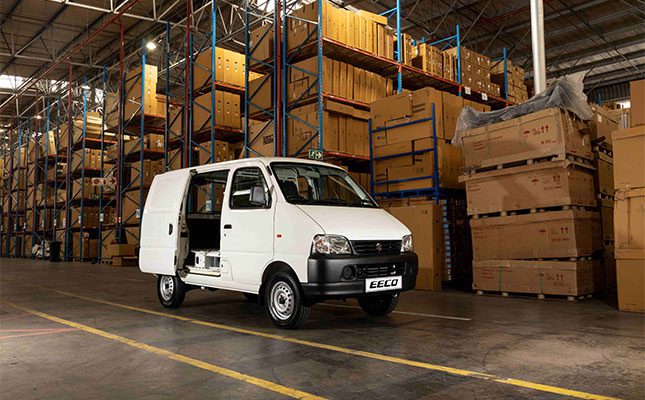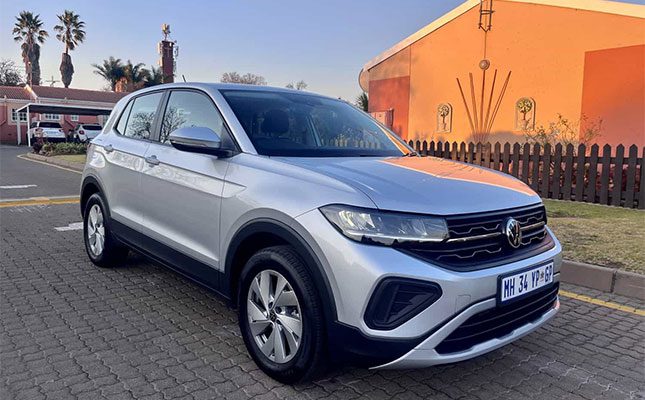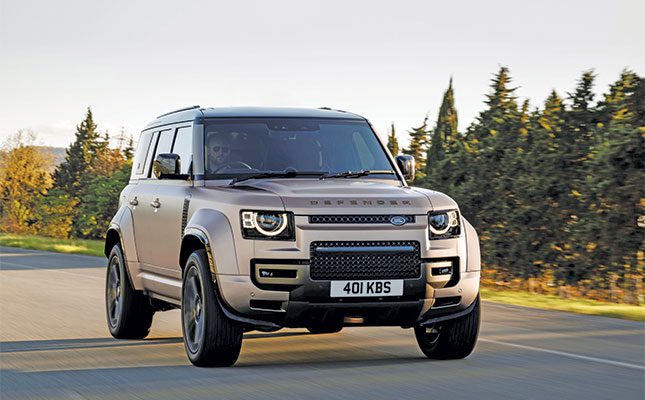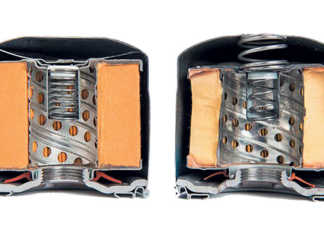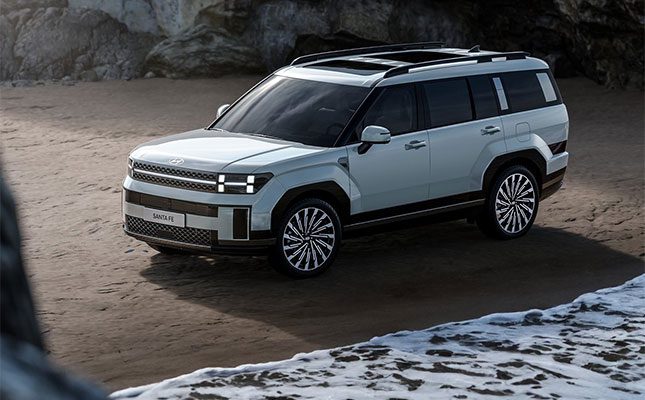
Photo: Supplied
There was a time when the name Santa Fe meant something a bit different in the SUV world. It was a soft, jellybean-shaped thing that could have easily been mistaken for a Hyundai Tucson, Kia Sorento, or any other generic SUV, depending on the angle you looked at it.
I like boxy, squared-off SUVs, and for me, the new Hyundai signature H-pattern lights and somewhat controversial rear of the new Santa Fe work. It’s a case of love it or hate it.
Staying with the controversial theme for a bit, the new Santa Fe 1,6T Hybrid Elite AWD only offered with one powertrain, and a hybrid one at that.
Under the bonnet is a 1,6ℓ, four-cylinder, turbo-petrol that churns out 132kW of power and 256Nm of torque working in conjunction with an electric motor for a system output of 175kW and 367Nm. The drive is sent to all four wheels via six-speed automatic transmission.
Method behind diesel madness
Out on the road, it was smooth and quiet, with what felt like more than enough power for a family mover. Even the fuel consumption was relatively good for a small-capacity turbo-petrol unit, albeit with some electrical assistance, and settled in around mid-8ℓ/100km during our media launch drive.
The elephant in the room is the lack of an oil-burner. We all know how consumers love diesel down here on the tip of Africa, and in the Hyundai family, there is that great 142kW/440Nm 2,2ℓ turbo-diesel that served on the previous Sante Fe.
Now before you take your pitchforks to Hyundai South Africa’s headquarters for doing this to you, you need to understand that this is the all-new Sante Fe, and the car’s new platform doesn’t support diesel powertrains.
Get used to it. It’s the future of motoring and not something unique to Hyundai.
Regen-braking paddles
For what it’s worth, the good news is that the hybrid system is self-charging, so there are no plugs and other electrically annoying stuff to worry about. Unless you want to be in Sport or Eco driving mode specifically, choose My Drive and let the new Hyundai Santa Fe decide when it wants to use petrol, electricity, or both; and this is done seamlessly.
And just in case using your Sante Fe means going a little off the beaten path, there are three Terrain modes: Sand, Mud, and Snow.
The only quirky thing that might throw for a moment is that the steering wheel paddle shifters usually associated with changing gears are there to increase or decrease the amount of brake force electricity regeneration offered when you deaccelerate.
I say quirky, because every other hybrid we’ve tested either offers this function via the touchscreen or not at all.
What is substantially less complicated is that this new Santa Fe comes with a host of advanced safety technologies and a broad range of convenience features.
Space and comfort
Families will appreciate the inclusion of six airbags, while convenience is further improved with driver- and passenger-controlled central door locks and automatic safety locks. The Smart Sense Safety features include the likes of 360 monitor, blind-spot view monitor, rear-occupant alert, and lane-follow assist.
The Santa Fe features a Bose premium audio system and large touchscreen display with Bluetooth, Apple CarPlay, and Android Auto available as standard. The instrument cluster, in turn, has been upgraded to a large 12,3” display, and all the car’s vitals are clearly on show.
What’s the verdict?
It’s R1,25 million price tag puts it right in the middle of at least 20 other similar products that were listed at launch, from an Audi and a BMW to a Jeep and a Ford, and even a GWM Tank 500. And make no mistake, it stands out from the lot.
Vehicle fast facts
Engine: 1,6ℓ turbo-petrol plus electric
Transmission: Six-speed automatic
Power: 175W at 5 500rpm
Torque: 367Nm at 1 500 to 4 500rpm
Fuel consumption (claimed): 7,5ℓ/100km
Licensing mass: 1 980kg
Towing capacity (braked): 1 650kg
Payload: 695kg
Price: R1 249 900

